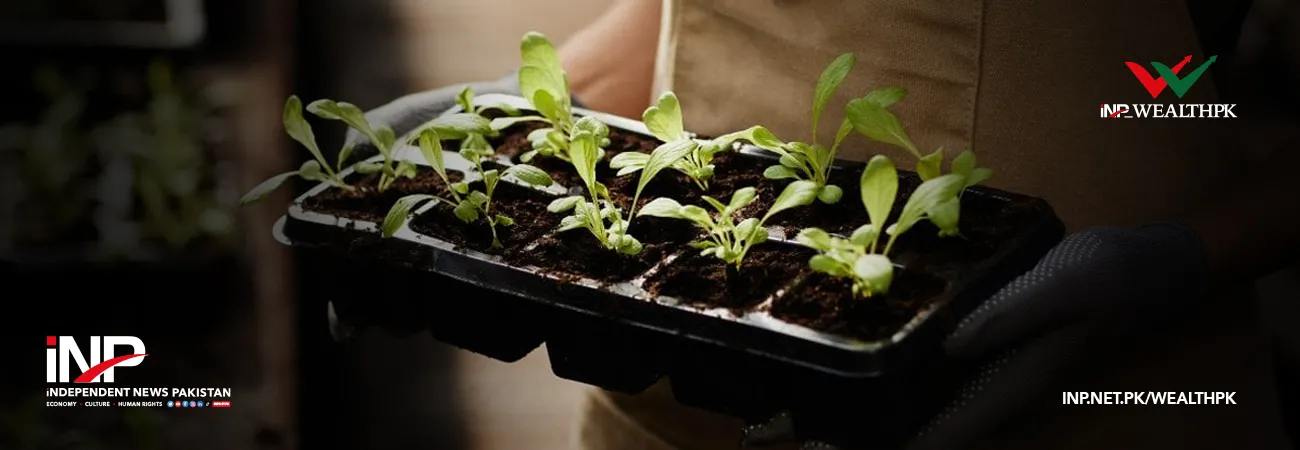INP-WealthPk
Ahmed Khan Malik
To boost horticulture production in the province, the World Bank will assist the Sindh government to regulate crops to help small- and medium-sized producers to reduce the post-harvest damage and loss from poor practices. In this regard, the International Development Association (IDA) of the World Bank Group will provide $77 million for the Sindh Agricultural Growth Project, which will focus on horticulture, particularly chillies (92% of national production), onions (33%) and dates (about 50%). “These horticultural sub-sectors have a small farmer focus, have significant involvement of women in production and processing and, from a national perspective, Sindh enjoys the greatest competitive advantage in these pro-poor production value chains,” Riaz Soomro, Director Horticulture Wing, Sindh Agriculture Department, said. He said that investing in horticulture aims to increase small producer incomes, create new employment opportunities in production and processing, ensure improved resource productivity, and enhance micronutrient availability in the market.
He said the huge export potential of horticulture products in Sindh has not been exploited due to their inability to meet the international standards as well as the strict quarantine requirements of certain regions and countries. Soomro said Sindh has huge horticulture potential in the form of mangoes, chillies, onions, potatoes and vegetables. The province has made significant contributions to meeting the local demand for these products in Sindh and other parts of the country.. “In Sindh, most of the horticultural crops are distributed in and out of the province through fruit and vegetable wholesale markets. Various forms of middlemen play a central role in this distribution system. They have established strong interdependent relationships with farmers and various value chain (VC) actors,” he said. He said that horticultural produce was either sold at local wholesale markets in each region or large fruit and vegetable markets in the major cities of Karachi and Hyderabad by middlemen. “The Karachi fruit and vegetable market, located along the highway that connects Karachi and Hyderabad, is said to be one of the largest fruit and vegetable markets in Asia. More than 5,000 middlemen trade daily in it.”
In Karachi, the commercial hub of Pakistan, Soomro said demand for fresh and processed food has been increasing with the growth of the middle- and upper-class population. “The number of supermarkets and retail stores has been increasing in recent years.” The director of the horticulture wing said that there has been little development in the agro-processing industry in Sindh. “Despite the good amount of production of many internationally popular products such as mangoes, thanks to the climatic and other suitable characteristics of the province, the export volume is still limited compared to the potential. It is due to the inability of crops to comply with the standards, quality criteria, and quarantine measures of destination countries, and the presence of processors and exporters in the VC is relatively small in the province.” He said that in order to increase the exports of this sector, Sindh government has devised policies to help farmers increase their profits by adding value to their crops and improving the quality of their products to meet the standards of the importing countries.
Credit: INP-WealthPk













